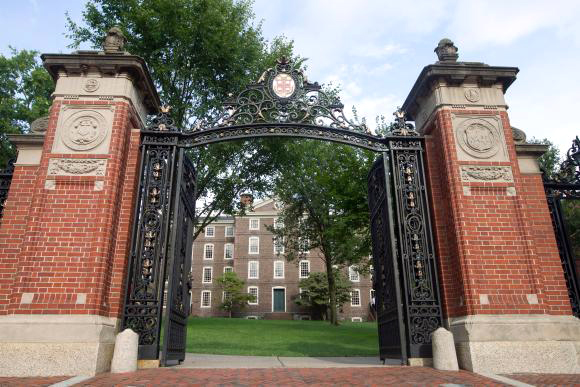
PROVIDENCE – The director of Brown University’s Center on Biology of Aging will lead a team of researchers from multiple universities to look into potential causes of, and treatment for, Alzheimer’s disease. Plus, the group now has a 10-figure grant from the National Institutes of Health to finance the research project.
John Sedivy, who leads a team of biologists from Brown, New York University and the University of Rochester looking into mechanisms of aging to understand the disease’s causes and potential treatments, received a five-year, $16 million grant from NIH to further look into Alzheimer’s and neurodegeneration.
Five years ago, the biologists received a $9.7 million grant to look into potentially harmful DNA snippets known as retrotransposable elements – or retrotransposons – Brown said. Retrotransposons, Brown said, are parasitic strands of genetic material that use a “copy-and-paste” mechanism to replicate and move within the human genome. The team found evidence that has implicated retrotransposons in promoting aging, the university said.
Now, with the new funding from NIH, Brown said the research team will join colleagues from the Salk Institute for Biological Studies to focus specifically on how retrotransposons contribute to neurodegeneration and Alzheimer’s. Specifically, Brown said the team will investigate the mechanisms that lead to the failure of defense systems against retrotransposons, and study the consequences of their activation on cellular and tissue function.
“This will lay the groundwork for future pharmaceutical research,” Sedivy said in a statement. “The long-term hope is that if we can understand the role of retrotransposons in Alzheimer’s, this can inform treatments so that one day a patient may be able to take medication to decrease neuroinflammation and prevent the loss of neurons, ultimately staving off memory loss.”
James Bessette is the PBN special projects editor, and also covers the nonprofit and education sectors. You may reach him at Bessette@PBN.com. You may also follow him on Twitter at @James_Bessette.












